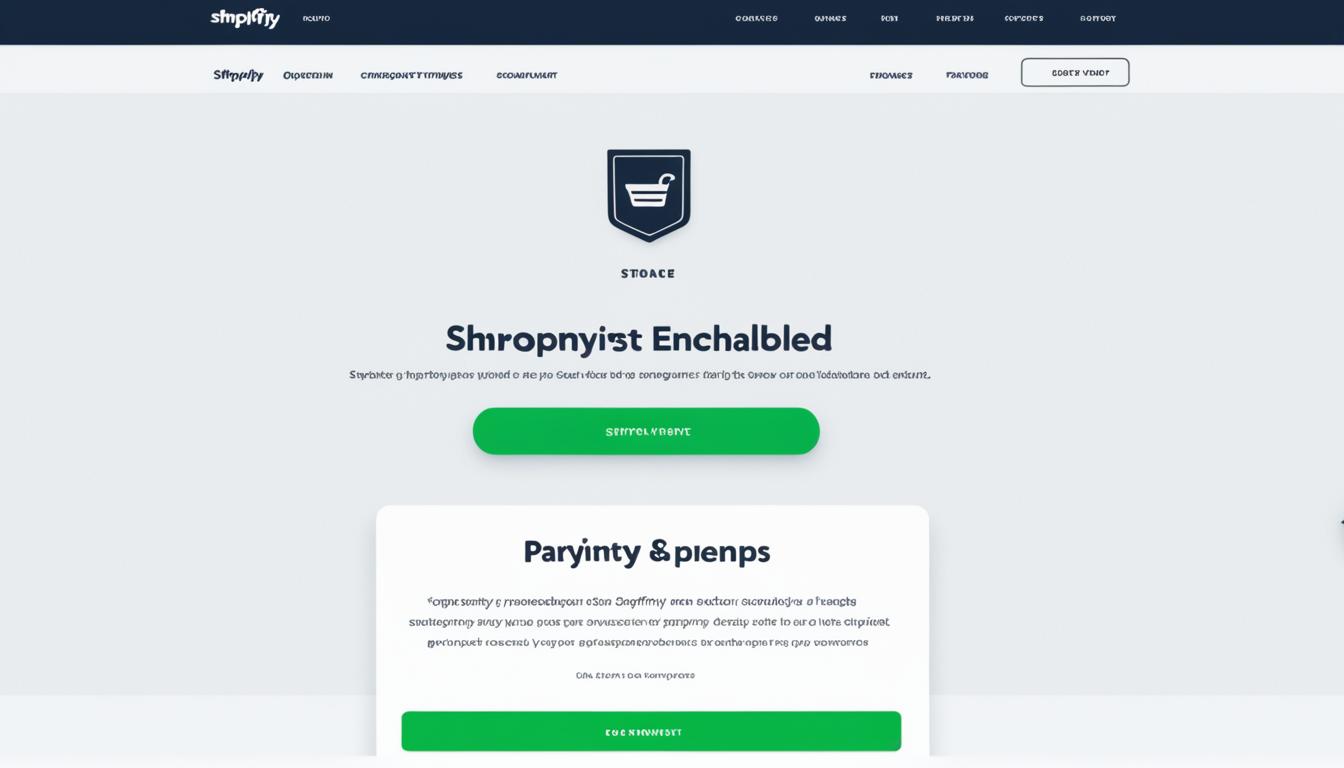To switch payment providers smoothly, start by choosing a provider that integrates well with your current systems to avoid disruptions. Plan the changeover carefully, testing compatibility with your POS and eCommerce platforms. Make certain your new provider is reliable, compliant, and offers strong security. Communicate the change to your customers, and provide support during the switch. By following these steps, you can minimize downtime and keep your business running seamlessly—more tips to guarantee a smooth transition are just ahead.
Key Takeaways
- Choose a provider with seamless integration capabilities for your existing sales systems and platforms.
- Plan the switch during low-traffic periods to minimize operational disruptions.
- Ensure comprehensive testing of the new system before fully transitioning to avoid checkout issues.
- Maintain clear communication with your provider for support and updates throughout the process.
- Verify compliance and security standards to prevent legal or data breaches during the transition.

Switch & Save
In today’s rapidly evolving payment landscape, switching providers can be a strategic move to save costs, improve security, and enhance customer experience. As the global payment processing industry heads toward a projected $139.90 billion by 2030 with a 14.5% CAGR, staying with your current provider might hold back your growth. Consumers are increasingly favoring digital payments—over 70% worldwide—and real-time payments are gaining traction, especially in North America, Europe, and Latin America. These trends highlight the importance of offering modern, seamless payment options that meet customer expectations. For merchants, switching providers isn’t just about cost; it’s about guaranteeing your payment infrastructure keeps pace with industry shifts and customer demands.
When considering a switch, your foremost priority should be guaranteeing a seamless transition. Disruptions in payment acceptance can lead to lost sales and damaged customer trust. To avoid this, choose a provider that offers compatibility with your current sales systems—whether that’s POS terminals or eCommerce platforms. Compatibility reduces operational hiccups and accelerates the switch, letting you maintain a smooth checkout experience. Beyond technical integration, evaluate the provider’s reliability and customer support. You want a partner who responds promptly and effectively, especially during the onboarding phase. Compliance is equally critical; confirm they meet all relevant data privacy and security regulations, including PCI DSS standards, and stay updated on cross-border transaction policies and local laws. Switching providers should include a thorough review of their compliance track record to prevent future legal or security issues.
Cost structures and transaction fees directly impact your bottom line, so scrutinize their pricing models. Multi-currency capabilities can also aid your global expansion efforts, allowing you to serve international customers smoothly. Don’t forget to assess security features—AI-powered fraud detection tools, real-time transaction monitoring, and security certifications are essential to safeguarding your business against cyber threats. Fraud losses exceed $40 billion globally, making robust security protocols non-negotiable. During the switch, confirm that these protections are integrated without compromise. Incorporating advanced tuning techniques can also optimize transaction processing speeds and reduce fraud risks, aligning your payment system with industry best practices.
Technology and innovation adoption are reshaping the payment landscape. Open banking and mobile point-of-sale solutions are gaining ground, with many merchants planning to adopt these tools soon. While Buy Now, Pay Later options are still emerging, they’re worth considering if they align with your customer preferences. According to recent industry insights, the adoption of innovative payment solutions continues to accelerate, making it crucial for merchants to stay ahead of these trends. Ultimately, a successful switch hinges on thorough planning, selecting a provider aligned with your operational and security needs, and executing a transition that minimizes disruption. When done right, switching providers can position your business for future growth, cost savings, and an improved customer experience—all without missing a beat.
Frequently Asked Questions
How Long Does the Provider Switching Process Typically Take?
The switching process usually takes between 4 to 8 weeks, depending on your business size and complexity. You’ll start with planning, which takes about 1-2 weeks, then move into technical integration and testing over 2-3 weeks. Factors like contract negotiations, data migration, and industry compliance can add time. Staying organized and communicating clearly with both providers helps guarantee your progression is smooth and minimally disruptive.
What Are the Hidden Costs Involved in Changing Payment Providers?
When you change payment providers, hidden costs can catch you off guard. You might face early termination fees, which can be $200 or more, and setup costs for new security tools or fraud prevention systems. Don’t forget ongoing PCI compliance expenses and potential charges for international transactions if you operate globally. These unanticipated expenses can add up quickly, so it’s essential to review your contracts and plan your switch carefully to avoid surprises.
How Can I Ensure Data Security During the Transition?
Your data security during the shift is like guarding a treasure chest; you must keep it safe at all costs. Use end-to-end encryption to protect data in transit, and verify that your new provider supports strong encryption and tokenization. Develop a detailed plan with your IT team, monitor fraud in real-time, and train staff on security best practices. This approach guarantees your payment information remains shielded, preventing breaches and maintaining trust.
What Support Is Available if Issues Arise Post-Switch?
If issues pop up after switching, support teams are ready to help. You can reach them via phone, email, or live chat, 24/7 or during extended hours, ensuring quick problem resolution. They offer dedicated onboarding, training, and troubleshooting to keep your business running smoothly. Plus, they assist with transaction problems, hardware issues, and data transfers, so you won’t face disruptions or delays, keeping your operations seamless.
Can I Switch Providers Without Changing Existing Customer Accounts?
This question is vital—your customers’ trust is priceless. You can switch providers without changing existing accounts by migrating customer data securely and supporting token transfer, not just integrating a new gateway. Use payment orchestration platforms and run parallel systems during shift. Review contracts, guarantee compatibility, and communicate clearly with customers. These steps help preserve payment history, minimize disruptions, and keep your business running smoothly without forcing customers to re-enter their info.
Conclusion
Switching your payment provider is like changing the engine in your car—you’ll want it running smoothly without any hiccups. When I helped a small business switch providers, they feared downtime, but with careful planning, they experienced zero disruptions—like a pit stop in racing. Remember, a seamless shift keeps your business moving forward, saving you time and money. So, plan ahead, communicate clearly, and embrace the change—your business’s journey is just getting revved up.









